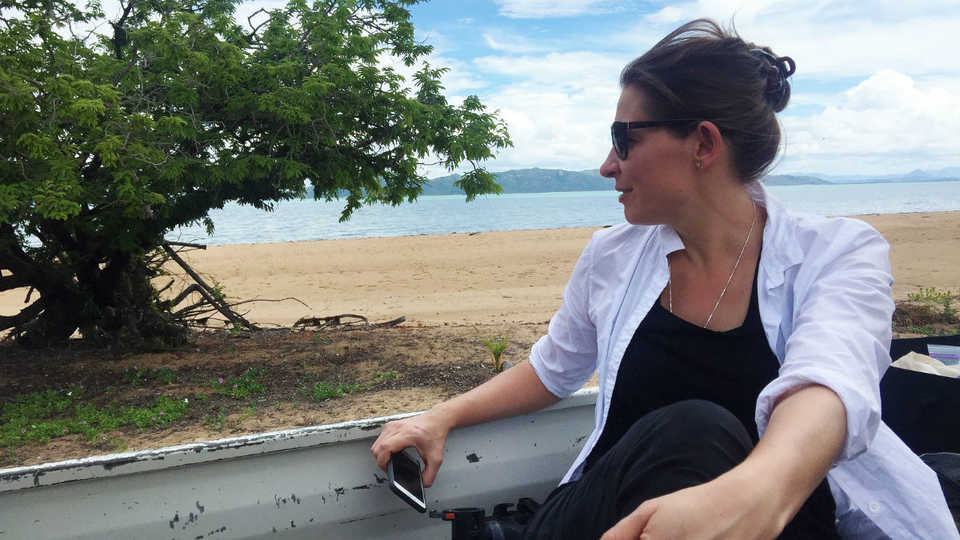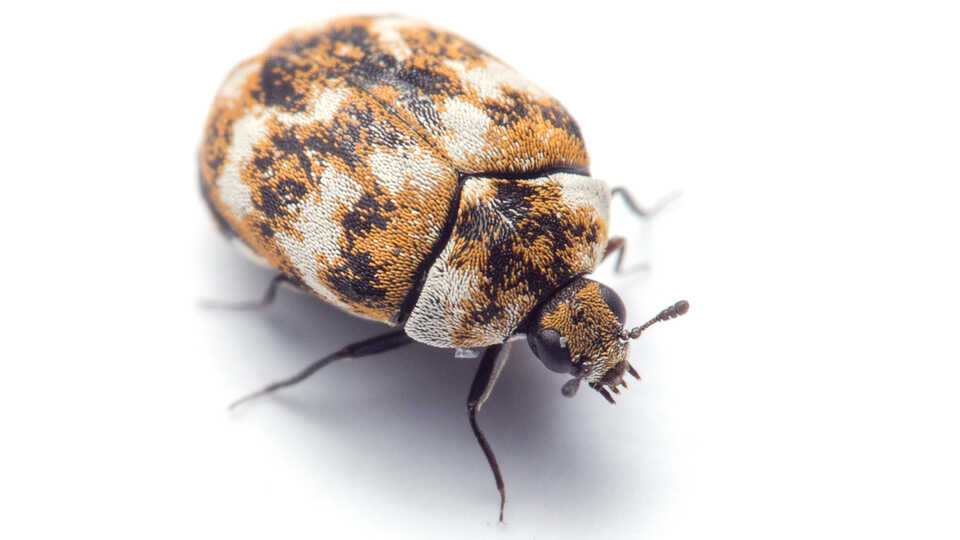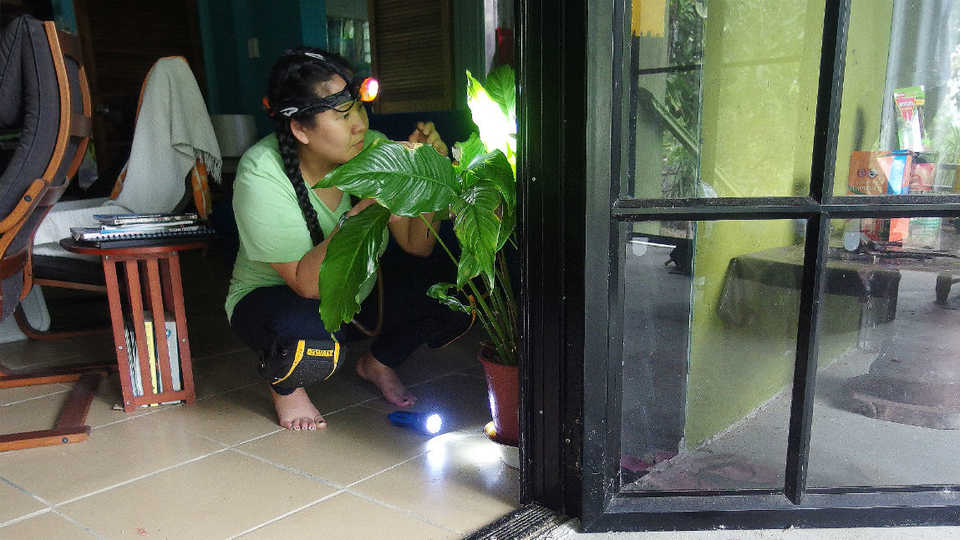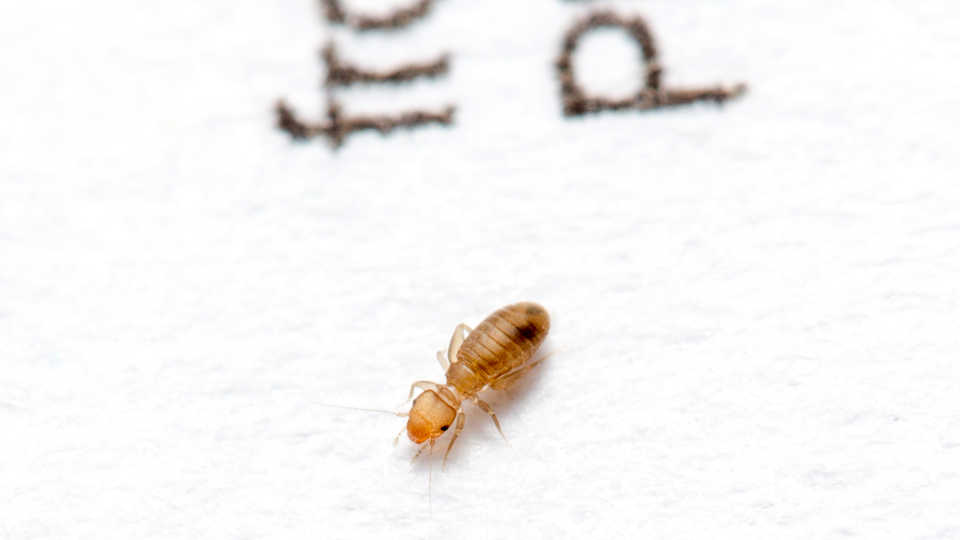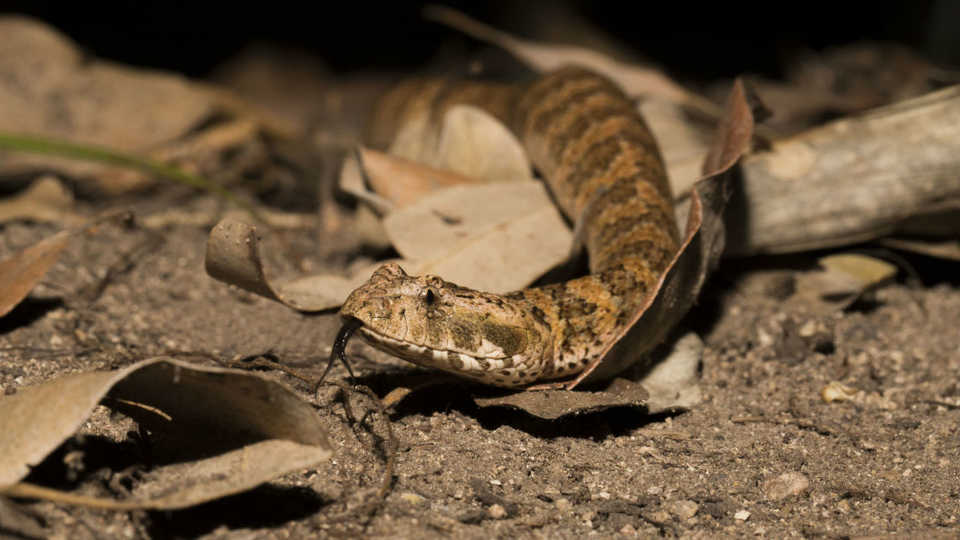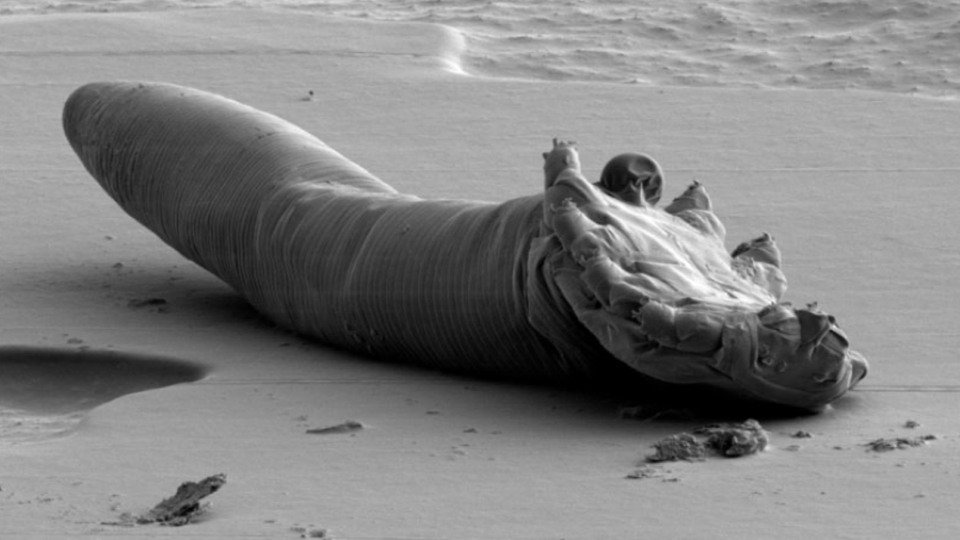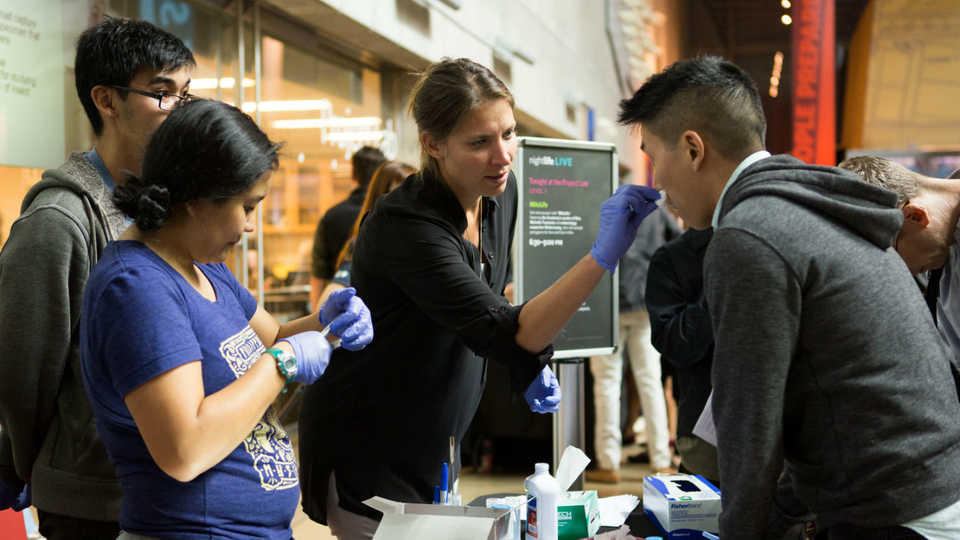The Institute for Biodiversity Science and Sustainability at the California Academy of Sciences is at the forefront of efforts to understand two of the most important topics of our time: the nature and sustainability of life on Earth. Based in San Francisco, the Institute is home to more than 100 world-class scientists, state-of-the-art facilities, and nearly 46 million scientific specimens from around the world. The Institute also leverages the expertise and efforts of more than 100 international Associates and 400 distinguished Fellows. Through expeditions around the globe, investigations in the lab, and analysis of vast biological datasets, the Institute’s scientists work to understand the evolution and interconnectedness of organisms and ecosystems, the threats they face around the world, and the most effective strategies for sustaining them into the future. Through innovative partnerships and public engagement initiatives, they also guide critical sustainability and conservation decisions worldwide, inspire and mentor the next generation of scientists, and foster responsible stewardship of our planet.
Dr. Michelle Trautwein’s team travels to Australia to collect and inspect our tiniest roommates. This expedition marks the fifth continent for the global, multi-year study of the “Great Indoors.”
SAN FRANCISCO (May 25, 2017) – Love them or hate them, household bugs—our misunderstood roommates—inhabit every human home on Earth. In an effort to better understand the life that surrounds us, a team of researchers from the California Academy of Sciences is visiting all seven continents to explore the multitudes of arthropods (insects and their relatives) that fill our homes. These arthropods don’t merely share space with us; they’ve evolved with us—and in response to us—over the course of hundreds of thousands of years. This spring’s expedition to rural and suburban homes in Australia is a research milestone: the global project’s visit to its fifth continent.
“Our lives are completely mixed up with the bugs that share our homes,” says says Dr. Michelle Trautwein, Academy curator of entomology and Schlinger Chair of Dipterology. “Every home you’ve ever lived in, from a rural Peruvian farmhouse to studio apartment in Paris, is teeming with tiny life. By sampling arthropods in Australian homes, we’re expanding our understanding of how our homes exist as their own vibrant ecosystems.”
Trautwein’s team, along with partners from North Carolina State University and the Natural History Museum of Denmark, are in the midst of their multi-year project sampling arthropods (and collecting face mite samples) alongside citizen scientists in a wide variety of global homes, exploring the overlooked life that shares our homes and bodies on a daily basis. Past expeditions include Sweden, the Peruvian Amazon, Japan, and houses in the Academy’s own San Francisco backyard. The scientists hope to continue collecting house-dwelling arthropods (and sampling face mites) in Africa—including a visit with the Hadza, an indigenous group in north-central Tanzania—and research stations in Antarctica.
Canberra: a hands-and-knees investigation
With the help of headlamps and knee pads, the Academy researchers surveyed six homes in Canberra and Magnetic Island to collect samples of different arthropod species like spiders, carpet beetles, and book lice. The specimens, stored in vials for safe transport to the lab, will be painstakingly identified under a microscope to determine the number of arthropod species represented, indicating overall arthropod diversity in each household.
“We flew to Australia and immediately drove to Canberra, where we surveyed four suburban homes and tried to adjust to driving on the opposite side of the road,” says Dr. Misha Leong, an Academy postdoctoral researcher and integral part of Trautwein’s global home investigation. “We moved furniture, crouched into dark spaces—basically sampled every arthropod we could find to get a full picture of how Australian homes differ from others we’ve seen around the world."
"It was also great to get to spend some time with Australian entomologists," adds Leong. "They helped us sample some of the homes and gave us some insight on what they notice as being particularly unique. They even hosted a backyard barbeque for us once we were done!”
Searching for bugs in the bush
The researchers—working alongside wildlife biologist and death adder snake expert Christina Zdenek—left Canberra (Australia’s national capital) for a more rural batch of home surveys on Magnetic Island. Just a ferry ride away from Townsville, Queensland in northeastern Australia, this wildlife-packed tourist destination boasts a National Park and access to the Great Barrier Reef. The team visited two rural home sites accessible by dirt roads along wild terrain commonly known as “bush country.”
“It was fascinating to jump from homes in suburban Canberra, a place that reminded us of many American cities, straight into homes surrounded by wild quasi-tropical forest,” says Trautwein. “We’re excited to work on a genetic breakdown of species we collected, but we immediately noticed differences between the suburban and more rural home environments we visited back to back.”
One perk of working alongside Zdenek, a venomous snake expert: a safe outdoor encounter with Acanthophis antarcticus, the wild death adder native to Australia. No one was harmed; Zdenek was thrilled.
“Part of the excitement of traveling the world for science is coming face-to-face with what makes every region memorable,” says Trautwein. “Seeing a death adder on a hot day on Magnetic Island becomes part of our memories from sampling homes for arthropods nearby. Whether we’re in the Amazon or near a manicured park in North Carolina, we get a feel for the climate, plants, and animals—large and small—that give each region its special something. And yes, we saw koalas on this expedition.”
Insects in the great indoors? “Don’t panic”
The scientists researching indoor arthropods describe home environments as their own unique, thriving ecosystems. Roughly 100 different species of arthropods are found inside the average home. One common misconception: the mistaken belief that most of these species are pests.
“Even though we spend billions of dollars each year to control for cockroaches, ticks, termites and other infestations, there are still a number of overlooked, benign species,” says Leong. “Don’t panic—most bugs aren’t the problem roommates we make them out to be. It’s worth learning more about the ecosystems we build inside our homes.”
Besides planning potential trips to Africa and Antarctica, Trautwein and her team hope to recruit far-flung entomologists to begin surveying homes in their own regions. They continue to explore how factors like socioeconomic status impact the life that thrives (and continues to evolve) around us.
Press Contacts
If you are a journalist and would like to receive Academy press releases please contact press@calacademy.org.
Digital Assets
Hi-res and low-res image downloads are available for editorial use. Contact us at press@calacademy.org to request access.
